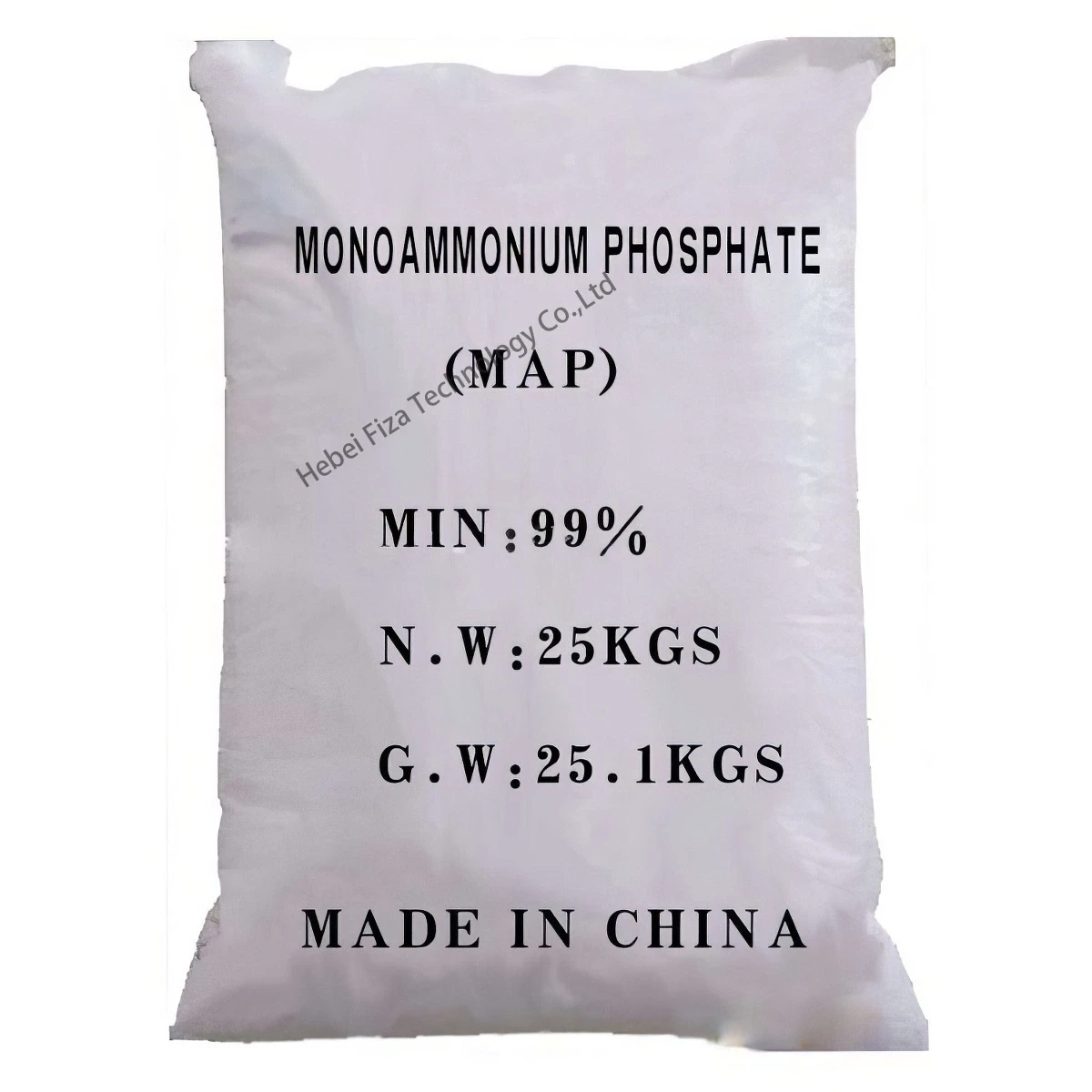



Understanding Polyacrylamide Properties and Applications with CAS Number Information
Understanding Polyacrylamide Structure, Applications, and CAS Information
Polyacrylamide is a versatile polymer with significant applications across various industries, particularly in water treatment, agriculture, and biomedical fields. It is known for its ability to form gels and its use as a flocculant, which makes it highly valuable in many processes. The following article explores the structure, applications, and relevant information, including its Chemical Abstracts Service (CAS) number.
What is Polyacrylamide?
Polyacrylamide (PAM) is a water-soluble synthetic polymer formed from acrylamide monomers. It is produced through a polymerization process where acrylamide molecules link together to create long chains, resulting in a compound with a high molecular weight. The structure of polyacrylamide allows it to dissolve in water and interact with various particles, significantly enhancing its functionality in different applications.
CAS Number and Chemical Properties
The CAS number for polyacrylamide is 9003-05-8. This unique identifier is utilized globally to provide a standardized reference for the compound in chemical databases, scientific literature, and regulatory frameworks. Knowing the CAS number is essential for researchers, manufacturers, and regulatory bodies when ensuring proper handling, labeling, and compliance with safety regulations.
Polyacrylamide has diverse properties, including high viscosity when dissolved in water and the ability to form gels under specific conditions. These characteristics arise from the polymer's molecular structure, which influences how it interacts with other materials and its performance in various processes.
Applications of Polyacrylamide
1. Water Treatment One of the primary uses of polyacrylamide is in water treatment processes. As a flocculant, it helps aggregate suspended particles in water, allowing them to settle and be removed more easily. This is particularly useful in municipal water treatment plants and industrial applications, where the purity of water is critical.
polyacrylamide cas no

2. Soil Conditioning In agriculture, polyacrylamide is used to improve soil structure and water retention. It enhances the soil's ability to hold moisture, which can lead to improved crop yields, especially in arid regions. By reducing soil erosion and enhancing nutrient retention, PAM serves as an essential component in sustainable farming practices.
3. Biomedical Uses Polyacrylamide's biocompatibility and ability to form hydrogels have led to its adoption in various biomedical applications. It is often used in drug delivery systems, as it can encapsulate drugs and release them in a controlled manner. Additionally, polyacrylamide gels are employed in laboratory techniques such as electrophoresis for separating biomolecules like proteins and nucleic acids.
4. Paper and Textile Industries The paper industry utilizes polyacrylamide to enhance the retention of fillers and improve the strength of paper products. In textiles, it is used to treat fibers, improving their properties and performance during manufacturing processes.
5. Mining and Oil Extraction In mining, polyacrylamide acts as a flocculant in the extraction of minerals and metals, facilitating the separation of valuable substances from ores. In the oil industry, it helps in reducing water absorption and enhancing oil recovery in drilling operations.
Safety and Environmental Considerations
While polyacrylamide is generally considered safe for various applications, safety measures must be implemented regarding its handling, especially in its powdered form. Acrylamide, a monomer used in the production of polyacrylamide, is classified as a potential neurotoxin and carcinogen. Thus, ensuring proper safety protocols, including personal protective equipment and ventilation, is crucial for those working with polyacrylamide.
Moreover, environmental considerations arise from the use of synthetic polymers. The degradation of polyacrylamide in natural environments is a subject of ongoing research, and efforts are made to develop biodegradable alternatives or improve the eco-friendliness of existing formulations.
Conclusion
Polyacrylamide stands out as a valuable polymer with numerous applications ranging from water treatment to biomedical uses. Its CAS number, 9003-05-8, facilitates identification and regulation across various sectors. As industries continue to innovate and enhance their processes, understanding polyacrylamide's properties and applications will remain essential for scientists, engineers, and environmentalists alike.
-
Why Sodium Persulfate Is Everywhere NowNewsJul.07,2025
-
Why Polyacrylamide Is in High DemandNewsJul.07,2025
-
Understanding Paint Chemicals and Their ApplicationsNewsJul.07,2025
-
Smart Use Of Mining ChemicalsNewsJul.07,2025
-
Practical Uses of Potassium MonopersulfateNewsJul.07,2025
-
Agrochemicals In Real FarmingNewsJul.07,2025
-
Sodium Chlorite Hot UsesNewsJul.01,2025










